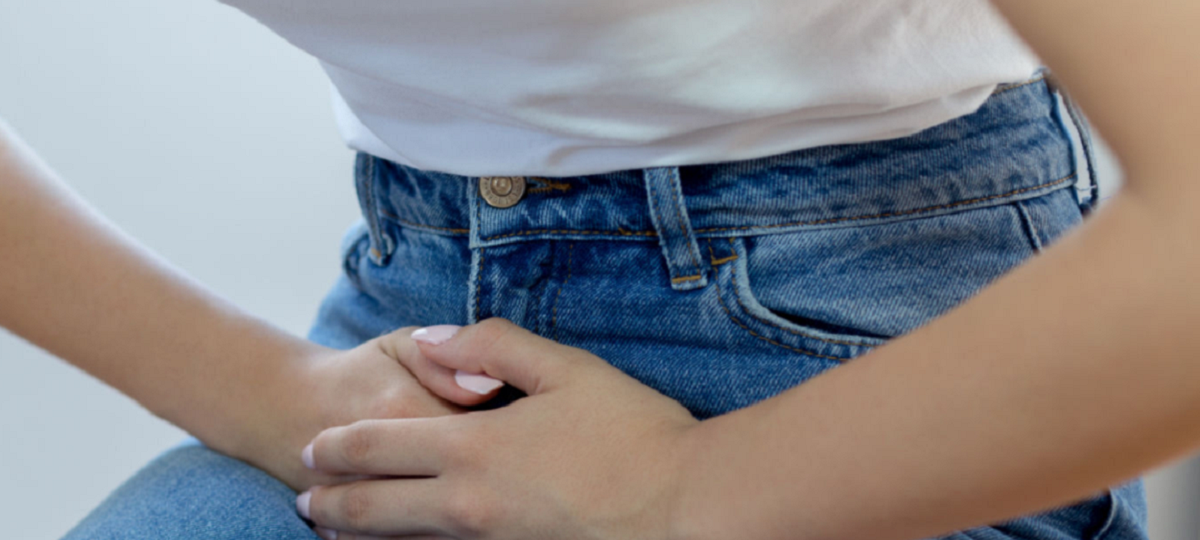Yellow discharge after a period can be a cause for concern for many women. It is important to understand the possible causes, symptoms, and treatment options associated with this condition to ensure a healthy reproductive system. In this comprehensive guide, we will delve into the various factors that can contribute to yellow discharge after a period and provide valuable insights to help you better understand and manage this situation.
What Is Yellow Discharge After Period?
Yellow discharge after a period refers to an abnormal vaginal discharge that appears yellowish or yellow-tinted in color. While it is normal for women to have a clear or whitish discharge throughout their menstrual cycle, a yellow discharge that occurs after menstruation may indicate an underlying issue.
Possible Causes of Yellow Discharge After Period
- Bacterial Vaginosis (BV): One of the most common causes of yellow discharge after a period is bacterial vaginosis. BV occurs due to an imbalance in the vaginal bacteria, leading to an overgrowth of harmful bacteria. Besides yellow discharge, other symptoms may include a strong fishy odor and itching or irritation.
- Trichomoniasis: A yellow or greenish discharge may be a sign of this STI. Additional symptoms of trichomoniasis may include itching, redness, and pain during urination or sexual intercourse.
- Pelvic Inflammatory Disease (PID): PID is a bacterial infection of the female reproductive system that is frequently brought on by sex. Yellow discharge after a period, along with lower abdominal pain, fever, and pain during intercourse, can be indicative of PID.
- Cervical Inflammation or Infection: Inflammation or infection of the cervix can lead to yellow discharge. This can occur due to various factors such as cervical erosion, cervicitis, or sexually transmitted infections like gonorrhea or chlamydia.
- Menopause: In some cases, women approaching or going through menopause may experience hormonal changes that result in yellow discharge after a period.
Symptoms to Watch Out For
Apart from the presence of yellow discharge, there are several other symptoms that may accompany this condition. It is essential to be aware of these symptoms to identify any potential issues:
- Foul odor: An unpleasant smell accompanying the discharge may indicate an infection or imbalance in the vaginal flora.
- Itching or irritation: If you experience itching or irritation in the vaginal area, it could be a sign of an underlying problem.
- Pain or discomfort: Any pain or discomfort, particularly during urination or sexual intercourse, should not be ignored.
Treatment Options for Yellow Discharge After Period
The treatment for yellow discharge after a period depends on the underlying cause. Here are some common approaches that healthcare providers may recommend:
- Antibiotics: In cases of bacterial infections such as BV or trichomoniasis, doctors typically prescribe antibiotics to eliminate the infection and restore the balance of vaginal flora.
- Antifungal Medications: If a yeast infection is causing the yellow discharge, doctors may prescribe antifungal medications such as creams or oral tablets.
- Sexually Transmitted Infection (STI) Treatment: Doctors will prescribe specific medications targeting the infection if they identify the cause of an STI. It is also crucial to treat sexual partners simultaneously to prevent reinfection.
- Hormonal Therapy: Doctors may recommend hormonal therapy to alleviate symptoms, including yellow discharge, for women experiencing hormonal imbalances during menopause.
- Hygiene Practices: Maintaining proper hygiene, including regular washing and avoiding the use of harsh soaps or douches, can help prevent infections and promote a healthy vaginal environment.
It is important to note that self-diagnosis and self-medication are not advised. Consulting a healthcare professional is crucial for an accurate diagnosis and appropriate treatment based on your specific situation.
Preventive Measures for Yellow Discharge After Period
Prevention plays a vital role in maintaining a healthy reproductive system. Here are some preventive measures that can help reduce the risk of yellow discharge after a period:
- Practice Safe Sex: Using barrier methods of contraception, such as condoms, can help prevent the transmission of STIs that can cause yellow discharge.
- Maintain Good Hygiene: Cleanse the vaginal area gently with mild, unscented soap and water. Douching should be avoided since it might upset the normal balance of vaginal flora.
- Avoid Irritants: Steer clear of irritants such as scented tampons, douches, or feminine hygiene sprays that can disrupt the vaginal pH and lead to infections.
- Wear Breathable Underwear: Opt for cotton underwear and avoid tight-fitting clothing to allow proper airflow and reduce moisture accumulation, which can create an environment conducive to infections.
- Get Regular Check-ups: Schedule regular visits with your healthcare provider to monitor your reproductive health and detect any potential issues at an early stage.
Conclusion
Yellow discharge after a period can be a concerning symptom, but it is essential to remember that it can have various causes. While this article provides valuable insights into the possible reasons behind this condition, it is crucial to consult a healthcare professional for a proper diagnosis and personalized treatment plan.
